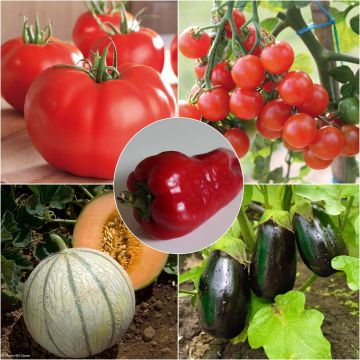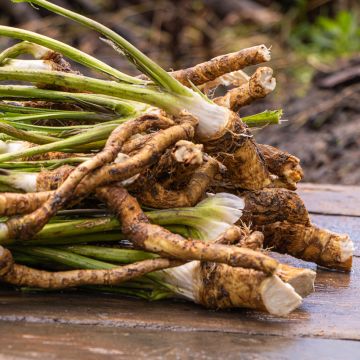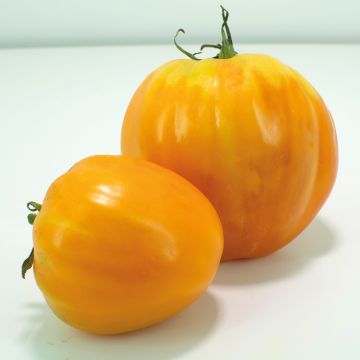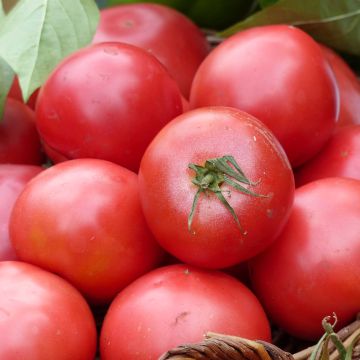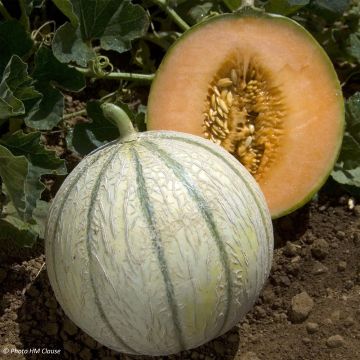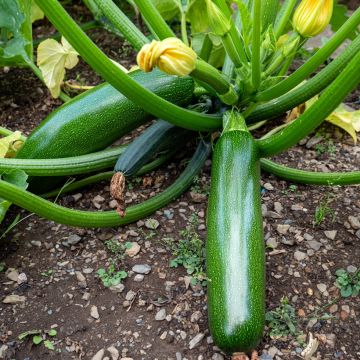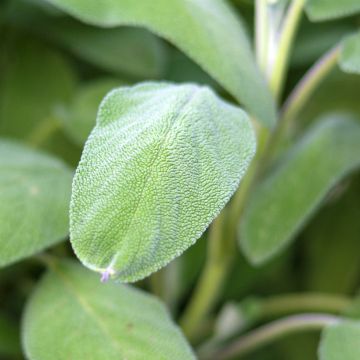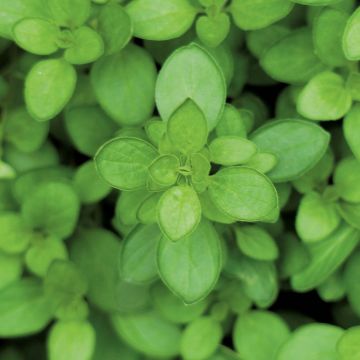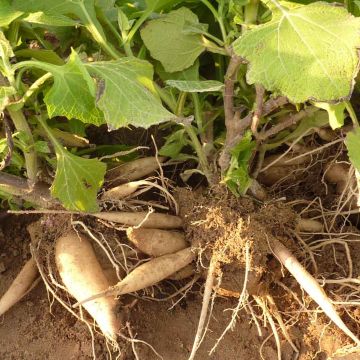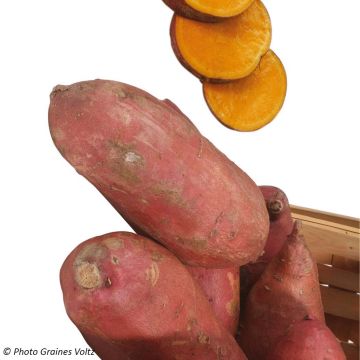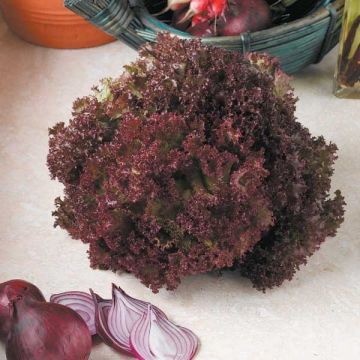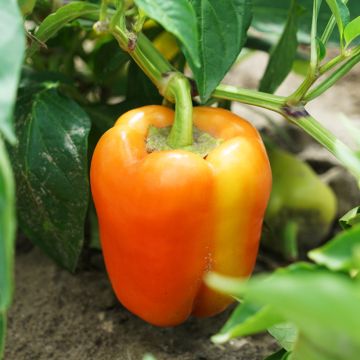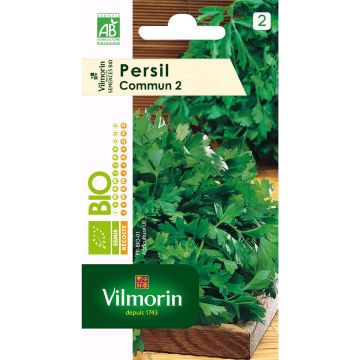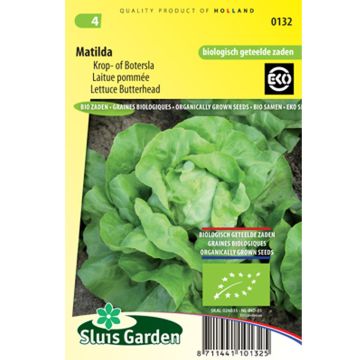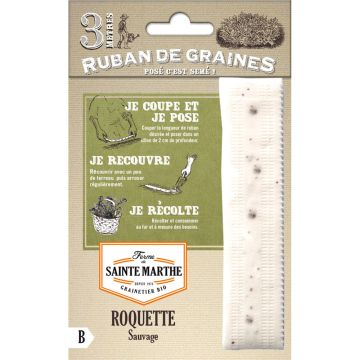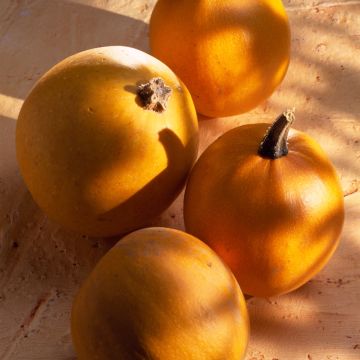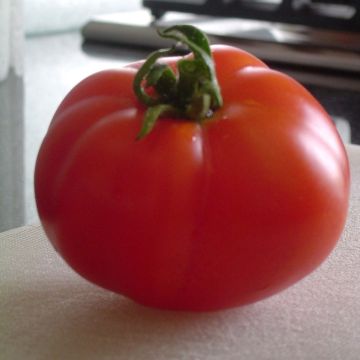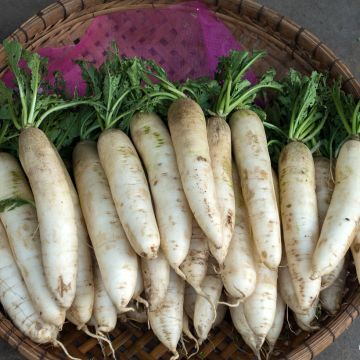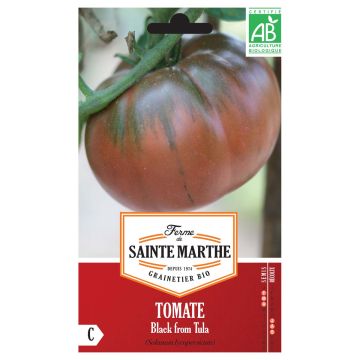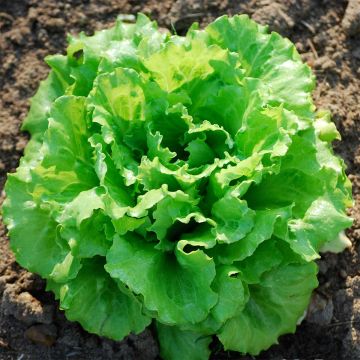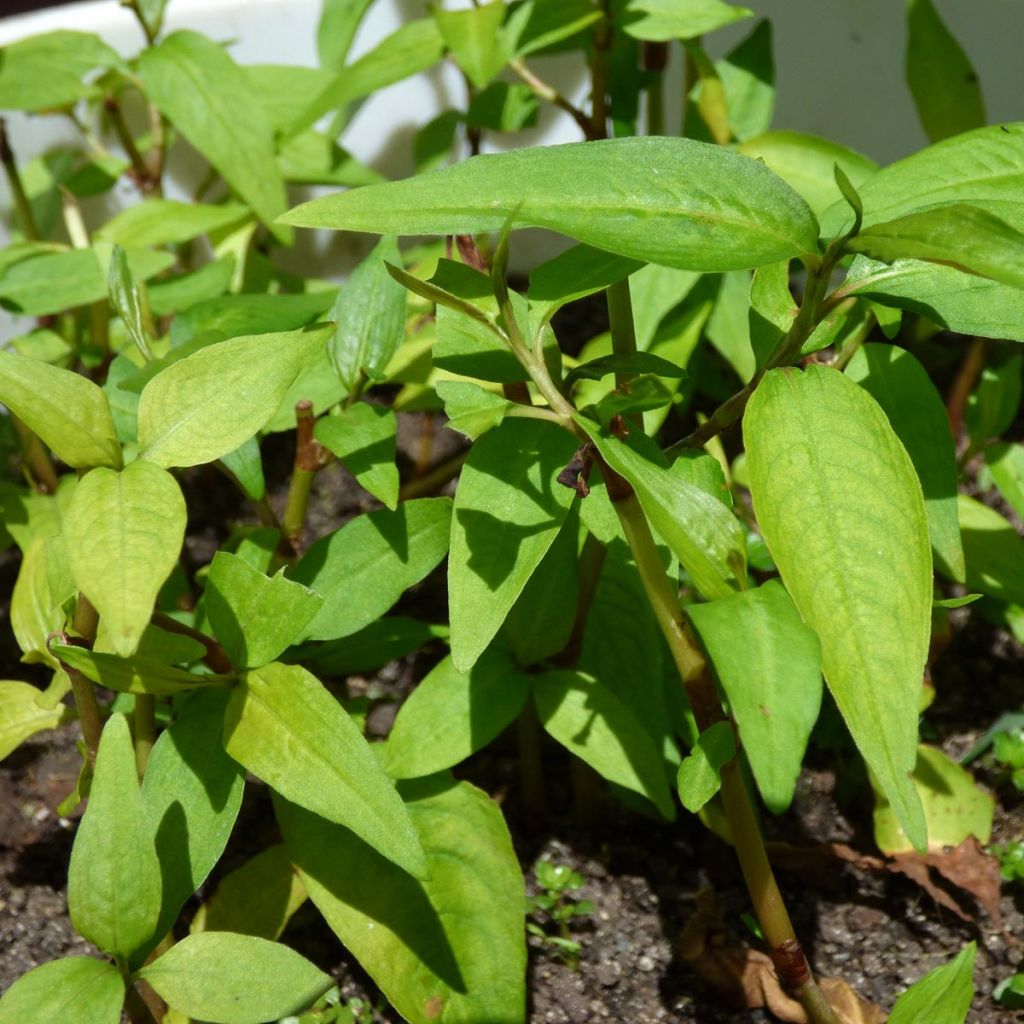

Coriandre Vietnamienne - Persicaria odorata en plants
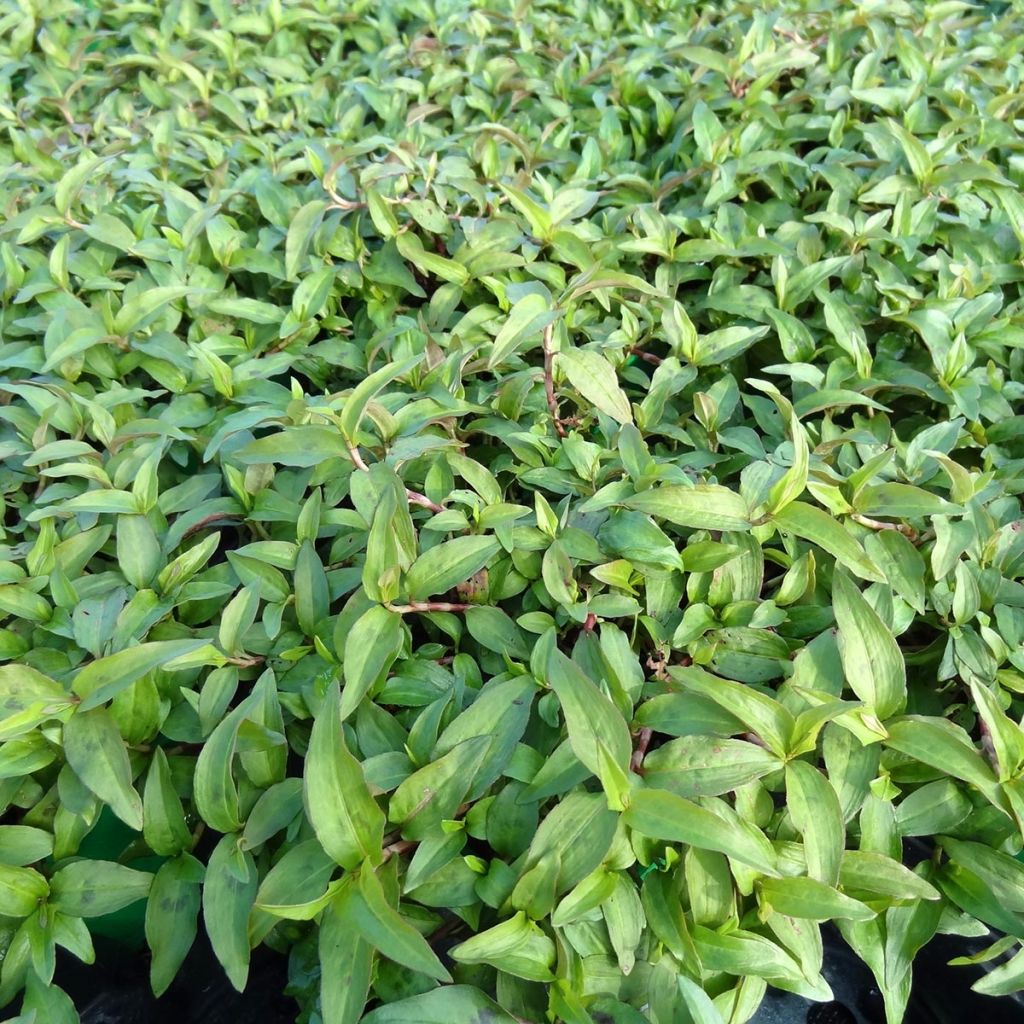

Coriandre Vietnamienne - Persicaria odorata en plants
Vietnamese Coriander - Persicaria odorata
Persicaria odorata
Vietnamese Coriander, Vietnamese Mint, Hot Mint, Laksa Leaf, Rau Ram
Plants arrived in a less than satisfactory condition, only one plant out of the 3 has recovered, I am disappointed.
Philippe, 17/04/2023
This item cannot be shipped to the selected country
Delivery charge from €5.90
More information
Schedule delivery date,
and select date in basket
This plant carries a 6 months recovery warranty
More information
We guarantee the quality of our plants for a full growing cycle, and will replace at our expense any plant that fails to recover under normal climatic and planting conditions.
From €5.90 for pickup delivery and €6.90 for home delivery
Express home delivery from €8.90.
Description
Persicaria odorata, known as Rau ram in Asia, Vietnamese coriander or Vietnamese mint in English, is a creeping plant related to knotweeds and other Polygonum. Its aromatic vegetation, leaves and stems, is used in Asian cuisine. The flavour and aroma of the young leaves evoke both coriander and lemongrass when consumed raw, while cooked stems and leaves have a more peppery aroma that pairs well with meats. It is a tender perennial plant, which is most often grown as an annual in open ground. In the garden or in a pot, plant it after the last frost, in mid-May, for a spring to summer harvest as needed. You can keep it from one year to the next by overwintering it in a frost-free location. This aromatic knotweed, with its spreading habit, is also well-suited for hanging basket planting.
The Vietnamese coriander, scientifically known as Persicaria odorata, belongs to the family Polygonaceae, like our ornamental knotweeds. It is native to tropical and subtropical regions of Asia, particularly Vietnam. It is a perennial and aromatic herbaceous plant, capable of living several years in the garden if the temperature does not drop below -5°C (23°F) in winter. The aboveground parts are damaged as soon as it freezes, at 0°C (32°F). Its growth habit is more creeping than upright, reaching about 30cm (12in) in height and 50 to 60cm (20 to 24in) in width depending on growing conditions, and theoretically persists in winter, free from frost. The plant develops decorative foliage, composed of small lanceolate leaves speckled with a dark spot in the shape of a V towards the centre of the leaf. It blooms in summer, with pale pink spike-like flowers.
In cooking: Rau ram is mainly cultivated for its freshly picked young leaves. Used cooked or added at the last minute, they flavour meats such as pork, beef, chicken, and duck, as well as soups. Vietnamese coriander is an essential ingredient in traditional Vietnamese dishes such as shrimp fritters, spring rolls, and other dumplings.
Harvesting: Harvesting is done directly with scissors or by pinching as needed in cooking. This pruning stimulates the plant and promotes the formation of new shoots. It is useful to have your herbs within reach, in a pot on the windowsill or nearby in the garden, so you don't have to cross the entire vegetable garden every time you need them.
Storage: Rau ram is best consumed fresh, but it freezes very well. To do this, wash and let it dry thoroughly. Gather the leafy stems into bundles and place them in a freezer bag. You can then keep it all winter and use it as needed. Once dried, the plant loses much of its flavor.
Gardening tip: Mulch the soil in summer to maintain freshness and save on watering, as Chinese basil is a plant that prefers very moist to wet soil and does not tolerate drought or blazing sun. Mulching also helps limit the appearance of "weeds." Add compost at planting time, as the plant is nutrient-hungry.
Report an error about the product description
Vietnamese Coriander - Persicaria odorata in pictures
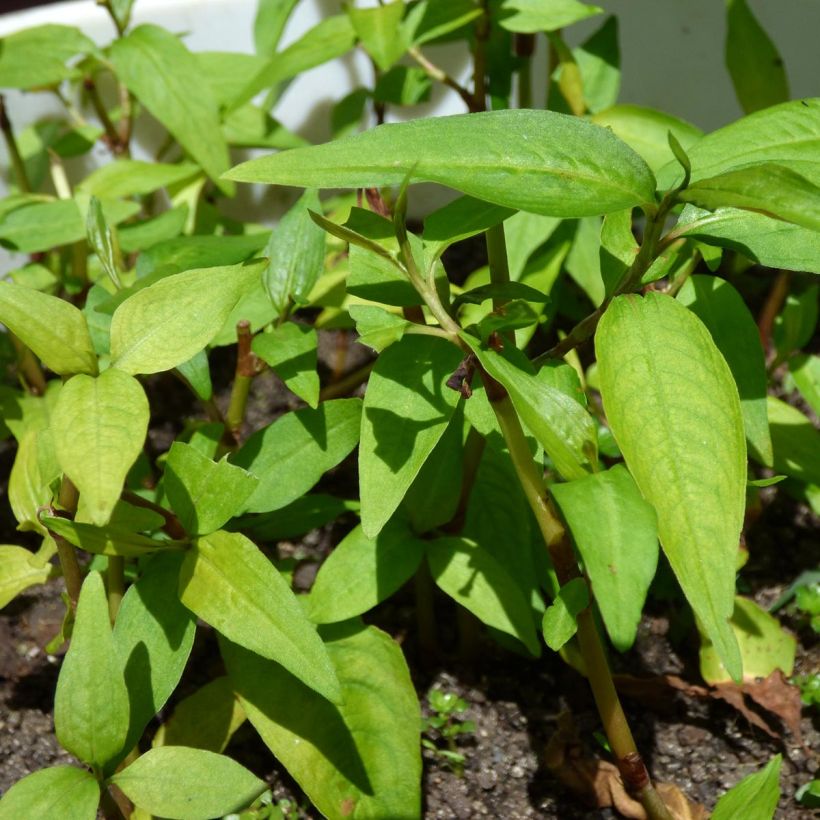

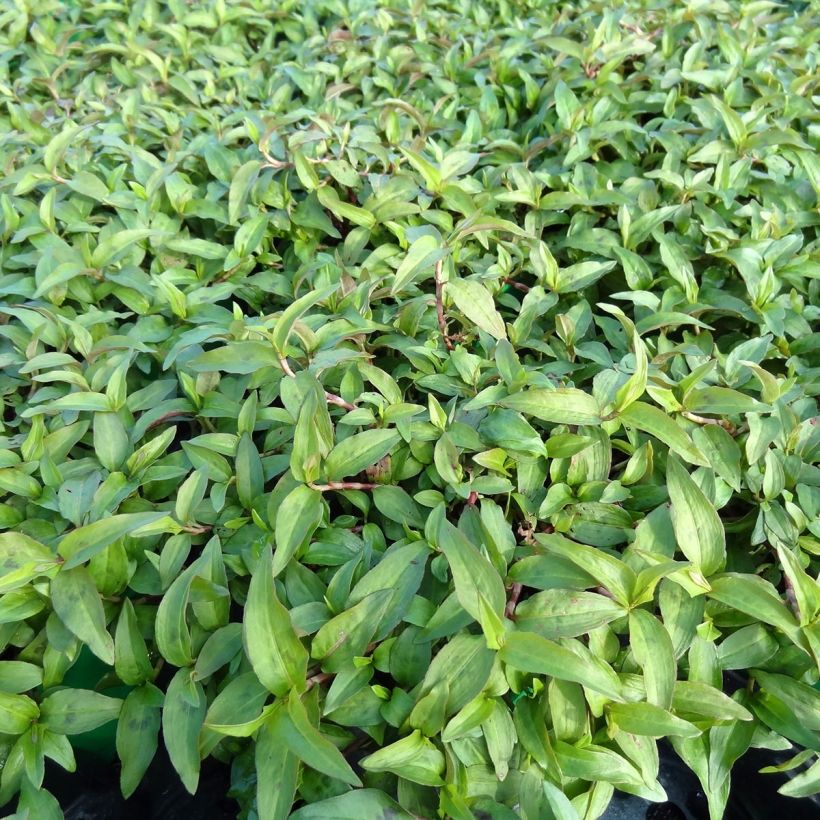

Harvest
Plant habit
Foliage
Other Vegetable plants A to Z
Planting and care
Planting Japanese coriander is done after the last frost, from April to May depending on the regions. You can plant your seedlings in the vegetable garden and/or in pots and hanging baskets. It is a plant that prefers very moist soil, rich in organic matter, and prefers partial shade but can tolerate sun in moist soil.
In the ground : a few months before planting, add well-rotted compost by loosening the soil to a depth of 5cm (2in). Space the plants 40cm (16in) apart in all directions. Dig a hole, place the root ball in it and cover with fine soil. Firmly press down and water to keep the soil consistently moist.
Regularly hoe and weed, especially at the beginning of the growing season. Apply mulch to maintain moisture during summer; this plant does not tolerate dry soil.
In pots : use a sufficiently large pot and place a layer of gravel at the bottom for drainage. Fill the pot with a mixture of compost and rich garden soil, gently place your young plant in it and cover with soil. Firmly press down and water to keep the soil moist. Bring your pots indoors to protect them from frost by the end of September. Store them in a conservatory, a temperate greenhouse, or in a bright and cool room. Keep the growing medium slightly moist at all times.
During the growing season, water frequently, especially in summer, to prevent the growing medium from drying out.
Prune your Japanese coriander 3 or 4 times during the season to encourage the production of young shoots and leaves, which are particularly flavourful.
Cultivation
Care
Intended location
-
, onOrder confirmed
Reply from on Promesse de fleurs
Organic vegetable gardens
Haven't found what you were looking for?
Hardiness is the lowest winter temperature a plant can endure without suffering serious damage or even dying. However, hardiness is affected by location (a sheltered area, such as a patio), protection (winter cover) and soil type (hardiness is improved by well-drained soil).

Photo Sharing Terms & Conditions
In order to encourage gardeners to interact and share their experiences, Promesse de fleurs offers various media enabling content to be uploaded onto its Site - in particular via the ‘Photo sharing’ module.
The User agrees to refrain from:
- Posting any content that is illegal, prejudicial, insulting, racist, inciteful to hatred, revisionist, contrary to public decency, that infringes on privacy or on the privacy rights of third parties, in particular the publicity rights of persons and goods, intellectual property rights, or the right to privacy.
- Submitting content on behalf of a third party;
- Impersonate the identity of a third party and/or publish any personal information about a third party;
In general, the User undertakes to refrain from any unethical behaviour.
All Content (in particular text, comments, files, images, photos, videos, creative works, etc.), which may be subject to property or intellectual property rights, image or other private rights, shall remain the property of the User, subject to the limited rights granted by the terms of the licence granted by Promesse de fleurs as stated below. Users are at liberty to publish or not to publish such Content on the Site, notably via the ‘Photo Sharing’ facility, and accept that this Content shall be made public and freely accessible, notably on the Internet.
Users further acknowledge, undertake to have ,and guarantee that they hold all necessary rights and permissions to publish such material on the Site, in particular with regard to the legislation in force pertaining to any privacy, property, intellectual property, image, or contractual rights, or rights of any other nature. By publishing such Content on the Site, Users acknowledge accepting full liability as publishers of the Content within the meaning of the law, and grant Promesse de fleurs, free of charge, an inclusive, worldwide licence for the said Content for the entire duration of its publication, including all reproduction, representation, up/downloading, displaying, performing, transmission, and storage rights.
Users also grant permission for their name to be linked to the Content and accept that this link may not always be made available.
By engaging in posting material, Users consent to their Content becoming automatically accessible on the Internet, in particular on other sites and/or blogs and/or web pages of the Promesse de fleurs site, including in particular social pages and the Promesse de fleurs catalogue.
Users may secure the removal of entrusted content free of charge by issuing a simple request via our contact form.
The flowering period indicated on our website applies to countries and regions located in USDA zone 8 (France, the United Kingdom, Ireland, the Netherlands, etc.)
It will vary according to where you live:
- In zones 9 to 10 (Italy, Spain, Greece, etc.), flowering will occur about 2 to 4 weeks earlier.
- In zones 6 to 7 (Germany, Poland, Slovenia, and lower mountainous regions), flowering will be delayed by 2 to 3 weeks.
- In zone 5 (Central Europe, Scandinavia), blooming will be delayed by 3 to 5 weeks.
In temperate climates, pruning of spring-flowering shrubs (forsythia, spireas, etc.) should be done just after flowering.
Pruning of summer-flowering shrubs (Indian Lilac, Perovskia, etc.) can be done in winter or spring.
In cold regions as well as with frost-sensitive plants, avoid pruning too early when severe frosts may still occur.
The planting period indicated on our website applies to countries and regions located in USDA zone 8 (France, United Kingdom, Ireland, Netherlands).
It will vary according to where you live:
- In Mediterranean zones (Marseille, Madrid, Milan, etc.), autumn and winter are the best planting periods.
- In continental zones (Strasbourg, Munich, Vienna, etc.), delay planting by 2 to 3 weeks in spring and bring it forward by 2 to 4 weeks in autumn.
- In mountainous regions (the Alps, Pyrenees, Carpathians, etc.), it is best to plant in late spring (May-June) or late summer (August-September).
The harvesting period indicated on our website applies to countries and regions in USDA zone 8 (France, England, Ireland, the Netherlands).
In colder areas (Scandinavia, Poland, Austria...) fruit and vegetable harvests are likely to be delayed by 3-4 weeks.
In warmer areas (Italy, Spain, Greece, etc.), harvesting will probably take place earlier, depending on weather conditions.
The sowing periods indicated on our website apply to countries and regions within USDA Zone 8 (France, UK, Ireland, Netherlands).
In colder areas (Scandinavia, Poland, Austria...), delay any outdoor sowing by 3-4 weeks, or sow under glass.
In warmer climes (Italy, Spain, Greece, etc.), bring outdoor sowing forward by a few weeks.

































